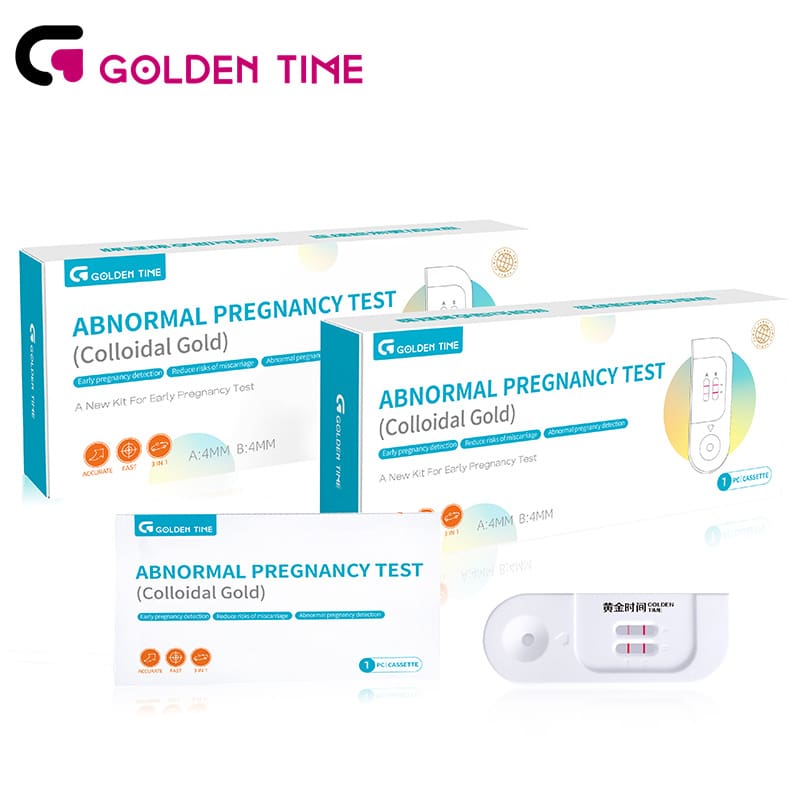ធ្នូ . 13, 2024 04:59 Back to list
antigen test
Understanding Antigen Tests A Comprehensive Overview
In recent years, antigen tests have gained prominence as an essential tool in the fight against infectious diseases, particularly during the COVID-19 pandemic. This article aims to provide a comprehensive overview of what antigen tests are, how they function, their benefits, limitations, and their role in public health.
Antigen tests, often referred to as rapid tests, are diagnostic tools used to detect specific proteins from a pathogen, such as a virus. Unlike PCR tests, which identify the genetic material of the virus, antigen tests focus on the presence of viral proteins, making them faster and easier to administer. The convenience of these tests is a significant advantage, as results can often be obtained within minutes, allowing for immediate decisions regarding isolation and treatment.
The mechanism behind antigen tests is relatively straightforward. A sample, usually taken from the nasal cavity or throat, is collected using a swab. This sample is then mixed with a solution that releases the antigens present in the virus, if any are present. A few drops of this mixture are placed on a test strip that contains antibodies specific to the target virus. If viral antigens are present, they will bind to these antibodies, producing a visual signal, such as a colored line, indicating a positive result. The simplicity of this process makes antigen tests user-friendly, often enabling self-administration.
One of the most significant benefits of antigen tests is their speed. In many cases, positive results are available within 15 to 30 minutes, facilitating a rapid response to an infection. This speed is crucial in control efforts, allowing individuals to make immediate decisions regarding quarantine or further testing. Additionally, because of their ease of use, antigen tests are suitable for widespread testing, particularly in settings such as schools, workplaces, and public events.
antigen test

However, it is essential to acknowledge the limitations of antigen tests. While they are highly effective in detecting current infections, especially in individuals with a high viral load, they are not as sensitive as PCR tests. This means that in some cases, antigen tests may produce false-negative results, particularly in individuals who are asymptomatic or in the early stages of infection when viral loads are low. Therefore, it is generally recommended that a negative antigen test result be confirmed with a PCR test, especially in symptomatic individuals or high-risk environments.
Moreover, the accuracy of antigen tests can vary depending on various factors, including the specific test used, the timing of the test in relation to exposure, and the prevalence of the virus in the community. Understanding these factors is crucial for interpreting results accurately and making informed decisions based on them.
In terms of public health, antigen tests play a vital role in surveillance and outbreak management. Their rapid results make them invaluable for testing large populations, particularly in high-risk settings, allowing for the identification and isolation of cases quickly. Furthermore, antigen testing is often more cost-effective than PCR testing, making it an accessible option for many communities, especially in low-resource settings.
As we continue to navigate infectious diseases in the post-pandemic era, the role of antigen tests will likely evolve. Research is ongoing to enhance their accuracy and expand their use beyond COVID-19, potentially adding to our arsenal against various viral infections.
In conclusion, antigen tests represent a significant advancement in diagnostic technology. They provide a rapid and relatively simple method of detecting infections, which helps curb the spread of contagious diseases. While they have limitations, their benefits, particularly in terms of speed and accessibility, make them an essential component of public health strategies. As technology improves, the hope is that these tests will become even more reliable and widely available, ultimately leading to better health outcomes for communities worldwide.
-
Dengue NS1 Rapid Diagnostic Test Kit
NewsMar.07,2025
-
Dengue NS1 Rapid Diagnostic Test Kit
NewsMar.07,2025
-
Dengue NS1 Rapid Diagnostic Test Kit
NewsMar.07,2025
-
Transferrin Rapid Test Cassette Tumor Marker TF Card
NewsMar.07,2025
-
Malaria Pf Pan Rapid Diagnostic Test Kit
NewsMar.07,2025
-
malaria pf / pan ag rapid test
NewsMar.07,2025

